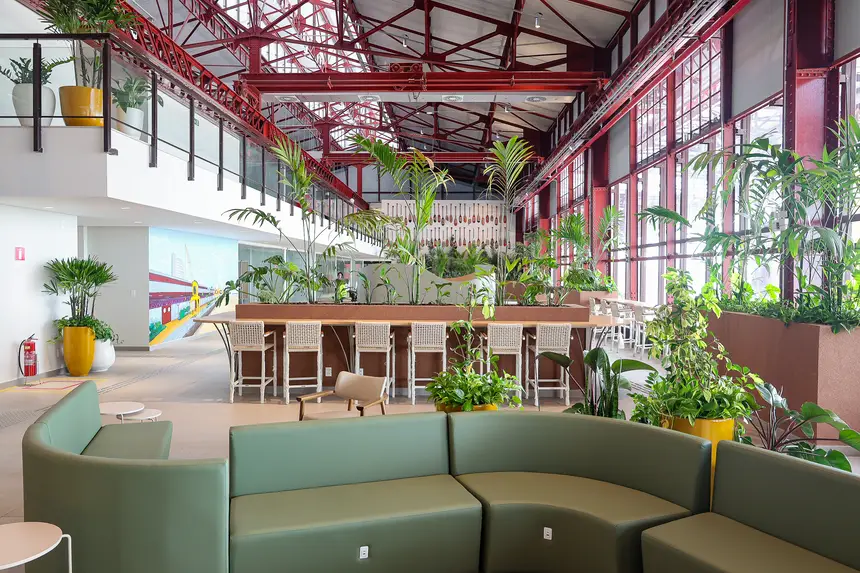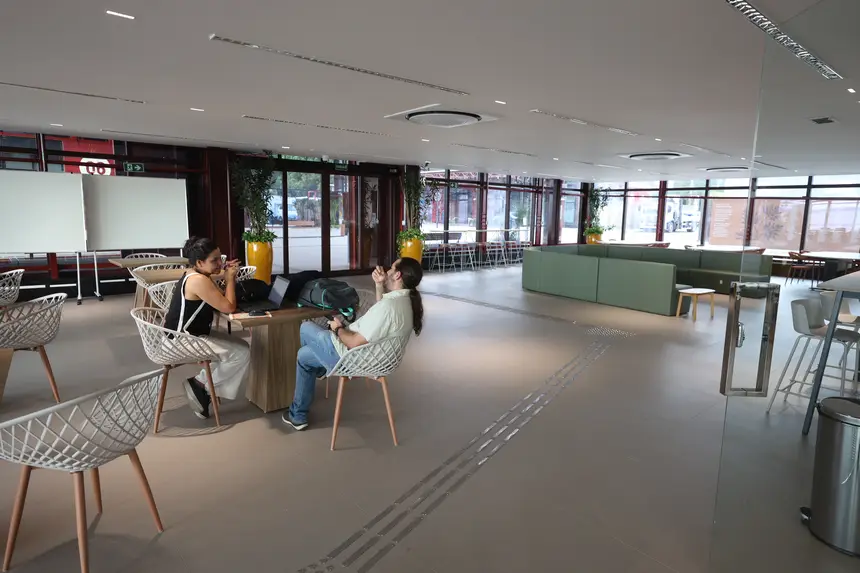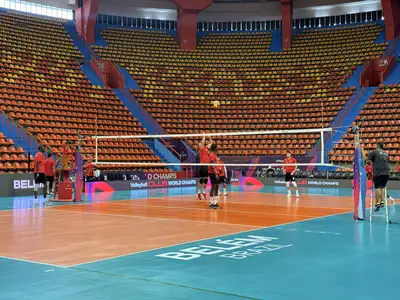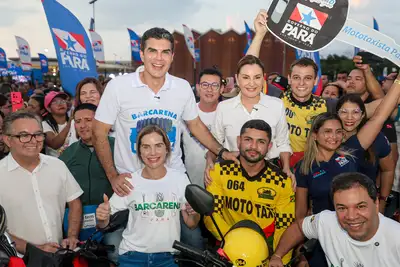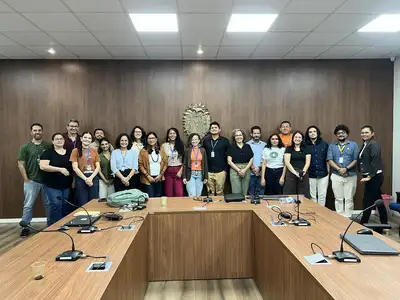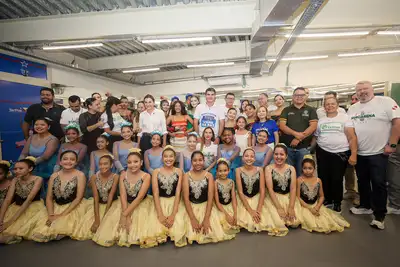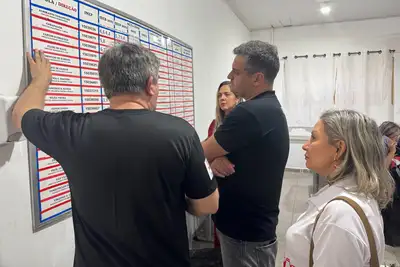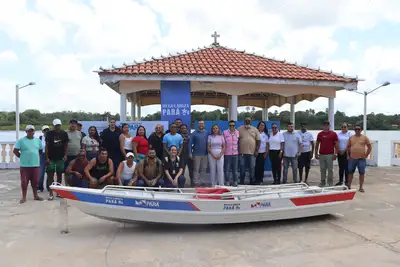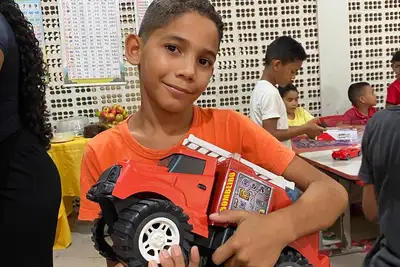Bioeconomy Park Drives the Transformation of the Living Forest into a Source of Income and Innovation
The space is located in warehouses 5 and 6 of the new Porto Futuro Complex
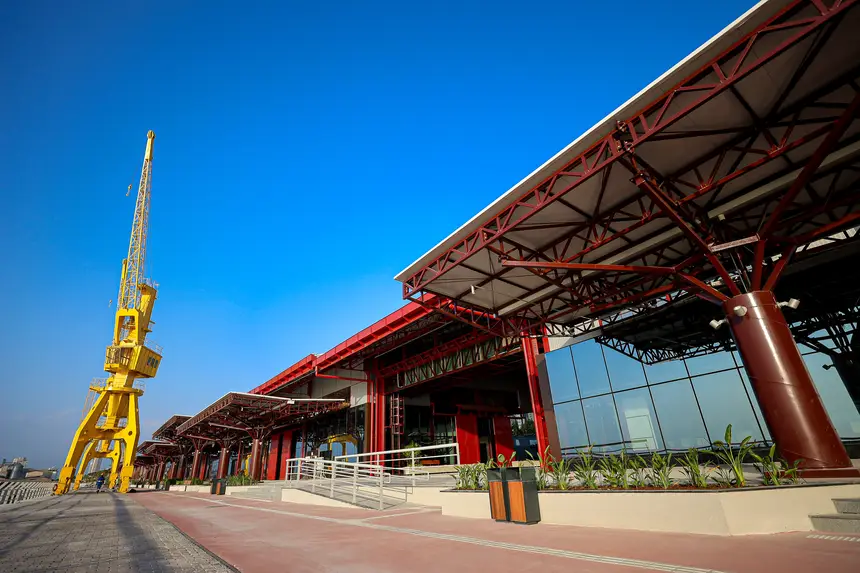
Pioneering in the world, the new Amazon Bioeconomy and Innovation Park, delivered this October by the State government, is a global reference in sustainable development and the epicenter of bioeconomy in Brazil. The space was born as the largest hub of this segment in Latin America and the only technological park on the planet that uses the potential of the forest to serve and benefit traditional communities and startups in the area.
“Bioeconomy is the key to the transition we need to make: it transforms the living forest into a source of income, jobs, knowledge, and innovation, without needing to be destroyed. The park represents a commitment to the future and the well-being of the Amazonian population, ensuring that communities and traditional peoples are protagonists of this green transition, where the forest ceases to be just a landscape and becomes a solution for the planet,” emphasizes Camille Bemerguy, Deputy Secretary of Bioeconomy of the State Secretariat for Environment, Climate and Sustainability (Semas).
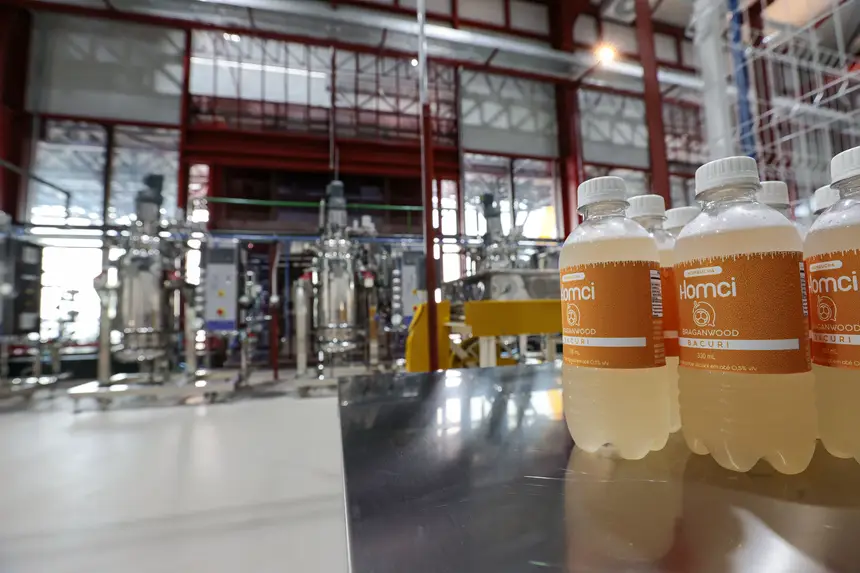
Leonardo Modesto, chef, farmer, and developer of the StartUp “Maniua,” celebrates the opportunity to use high-tech equipment combined with the ancestral technology of his community. “At the Bioeconomy Park, we can merge the two and take it to the world, which, for me, represents a leap not only in bioeconomy but in the sustainability of the community. My expectation is one of great excitement in being able to use and explore this more and more. It is very gratifying to have this opportunity,” he shares.
STRUCTURE - The space is located in warehouses 5 and 6 of the new Porto Futuro Complex. Warehouse 5, called the Business Center, also houses the Center for Sociobioeconomy and the Center for Social Gastronomy. This space concentrates coworking, incubators, accelerators, spaces for startups and investment funds, showroom, fixed offices, and meeting rooms, event spaces, and a One-Stop Shop for specialized services, connecting entrepreneurs to technological and productive solutions.
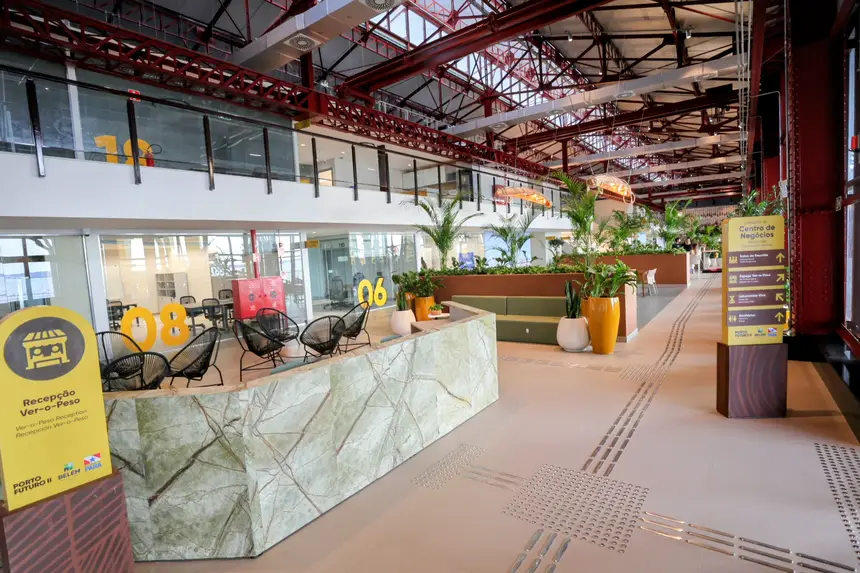
In Warehouse 6, the Laboratory-Factory integrates the Innovation Center. It is a pilot plant equipped for experimental food production and Research & Development (R&D) in cosmetics and fine chemicals from forest inputs. In this same space are the R&D Management, responsible for articulating the network of partner laboratories and connecting research to the productive sector, and the Innovation Showroom, a showcase of green technologies and new bioeconomy products for investors, buyers, and partners.
Entrepreneur of “Jucarepa,” Juliana Monteiro, celebrates the initiative of the State Government. “The park allows companies that work with the inputs of Amazonian sociobiodiversity to add more value to production, in addition to having access to high-tech machinery, which represents a paradigm shift for local businesses and for the Amazon itself. What we previously needed to seek outside the State, today we can access here, preserving the forest and the people of the forest,” she highlights.
PROGRESS - In 2019, the State had only 80 businesses arising from bioeconomy. By 2025, there are already 300 active businesses.


